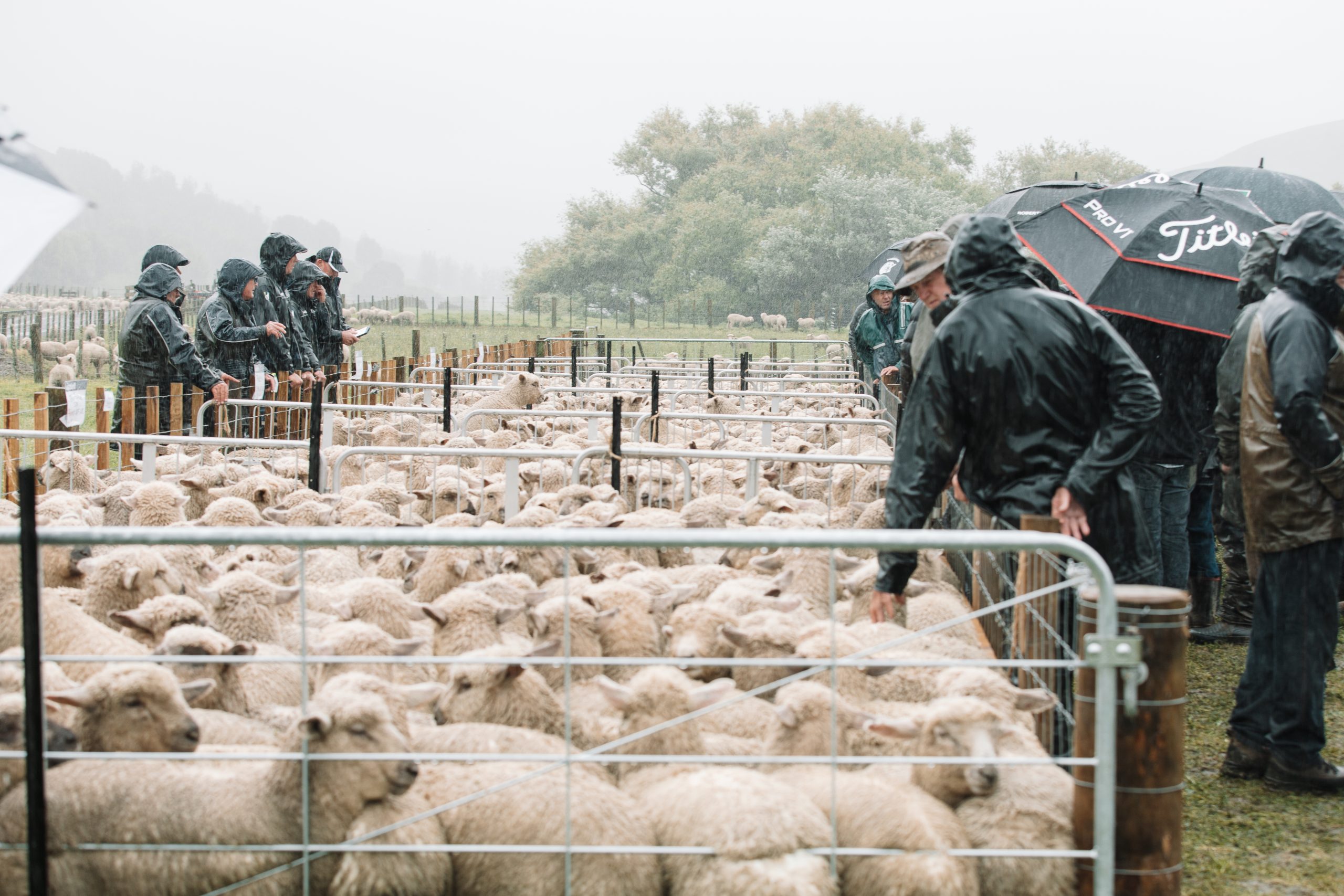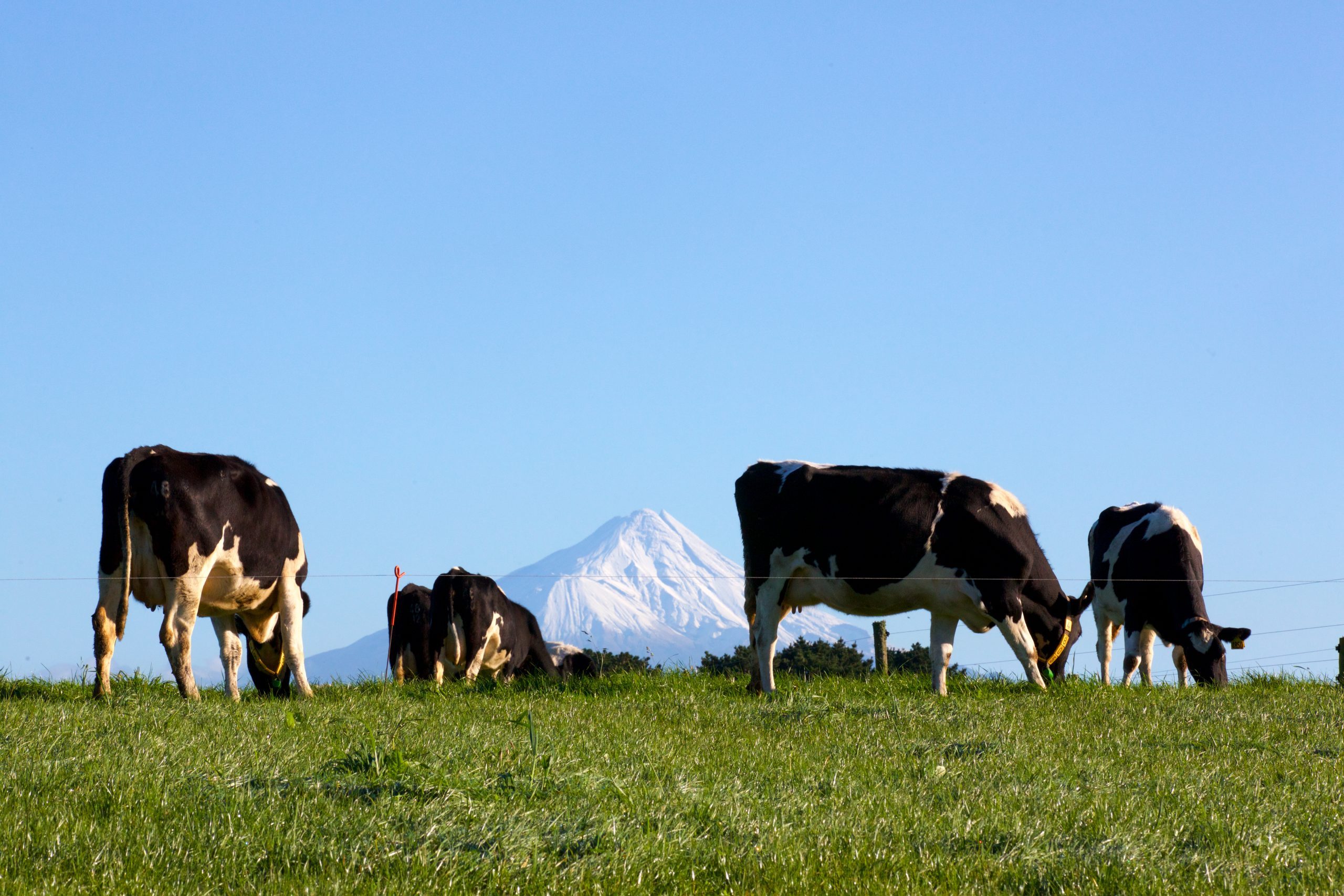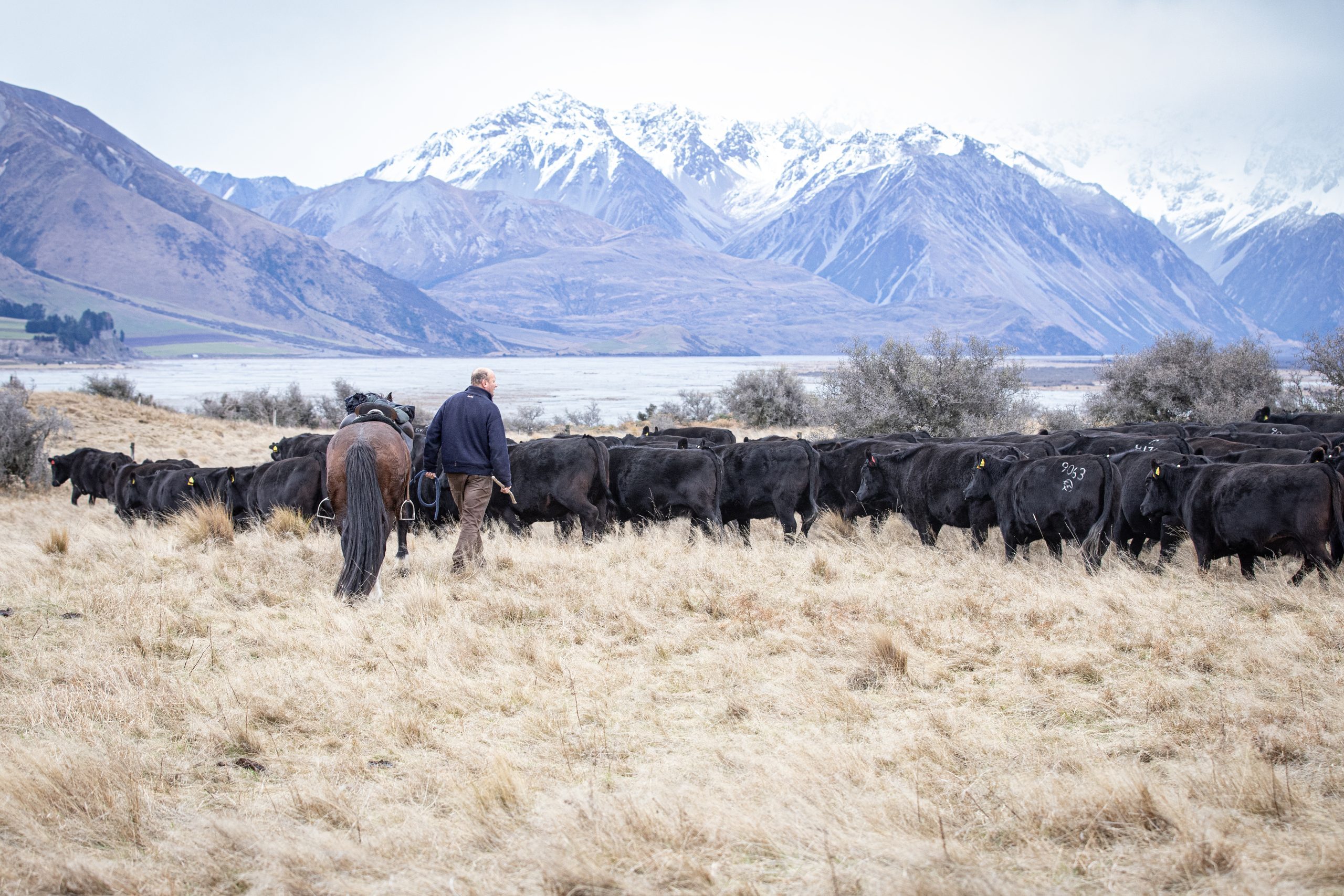Crossbred wool use and prices have fallen a long way since I started in journalism in 1990.
In August, 1990, the crossbred greasy price was $4/kg which today would be worth just under $8/kg – be nice wouldn’t it. In 2000 it was still $4/kg, $3.50 in 2010 and in 2020, 1.20/kg. It is sobering reading but the fixation on price, not the end product for the consumer has been wool’s downfall.
Farmers and others in the wool industry have focused mainly on price rather than adapting and developing it as a consumer product. Pumping money into wool groups, consultants and reports has proven to be wasted money.
In the past 20 years more than $80 million of taxpayers’ money went into about 30 reports.
Just over $4 billion has been spent on propping up wool prices since the 1940s.
There have been many well-intentioned projects and campaigns to boost the wool price but the focus should have been improving the wool to match non-wool products, especially nylon, for the consumer.
Why should a consumer buy a woollen product? We are told it is a natural product, environmentally friendly and has a host of other values, but is that enough of a selling point?
If consumers do not see a need for a product or it is inferior in specifications and price compared with competitors, they won’t buy it. Forcing a government to buy woollen carpets when nylons are superior and cheaper is not a good deal for the taxpayer or a long-term answer.
I bought woollen carpet for our house in 2008 even though my wife wanted the nylon one. To buy a woollen one of the same specs as nylon would have been another $3-4000. So I went for an inferior woollen one.
There is a combination of measurements for carpet quality; width (gauge tufts/inch/cm), length (number of tufts/inch/cm), yarn count/twist/ply, then there is pile height.
The more tufts/cm the denser the carpet. The fewer tufts the less density. But one can have a two-ply yarn and five tufts/inch with long tufts giving a higher pile weight than shorter tufts. Still not a heavy duty quality carpet. But one could have a similar pile weight with shorter tufts and 10 tufts/ inch. It would be much denser with a similar pile weight but heavier duty.
So we bought the woollen carpet but it didn’t last nine years. Every time the vacuum cleaner went over the carpet it was like it had alopecia and large clumps were sucked up. It was an inferior product.





